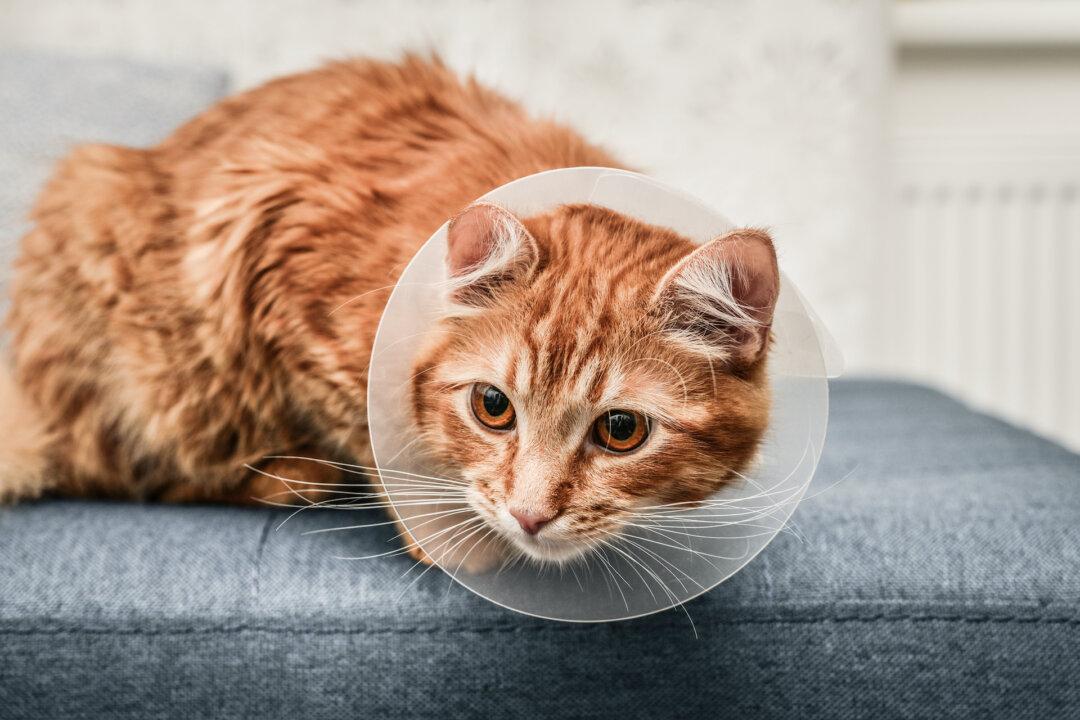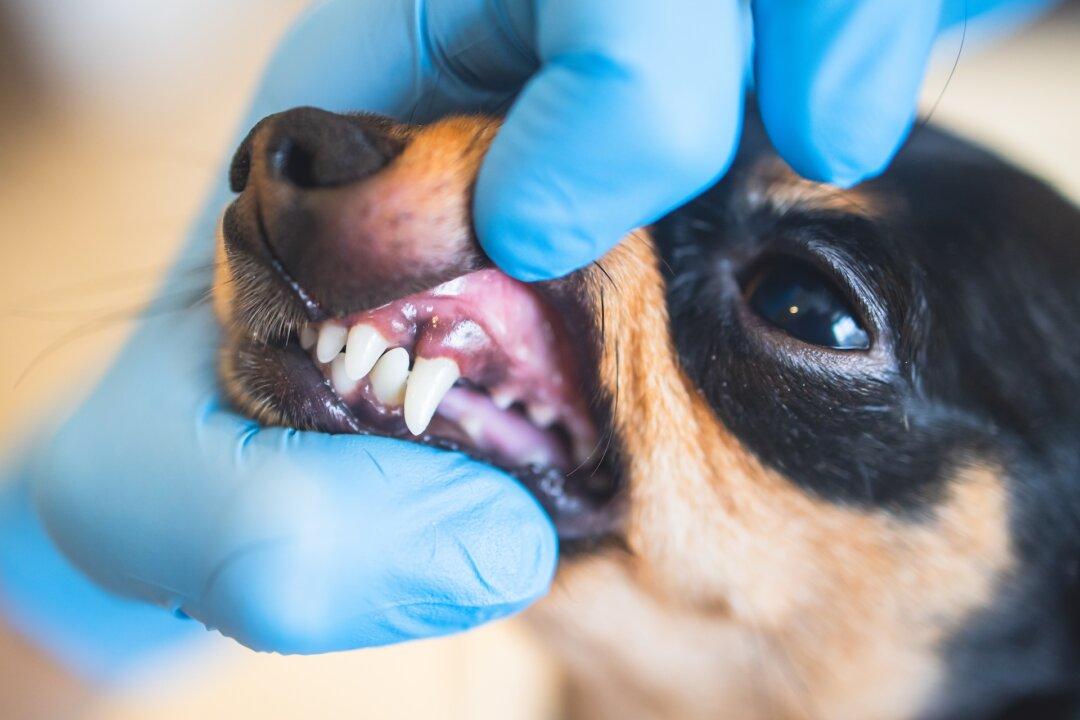Q: Cosette, my 5-year-old white toy poodle, has always had bronze staining beneath both eyes. Every year, her veterinarian examines her eyes and says they look fine, so I assume the bronze staining isn’t a medical problem. What causes it, and what can I do about it?
A: Tear staining is the most common cause of bronze discoloration of the hair under the eyes of light-colored dogs. You are correct that it is not a medical problem but a cosmetic issue.





